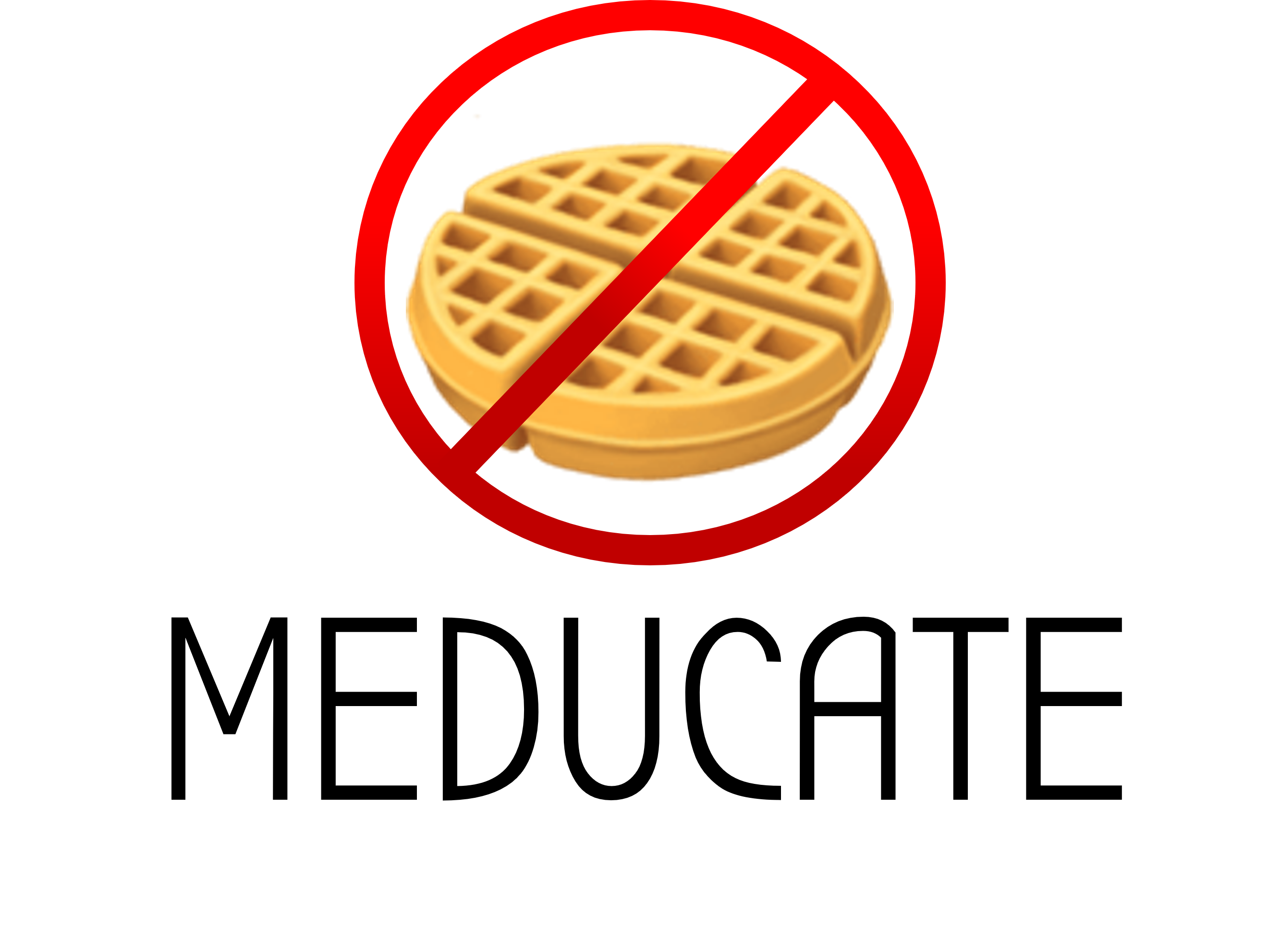 Notes: nsb pain
Notes: nsb pain
Similar resources:
- All
- Lecture Notes
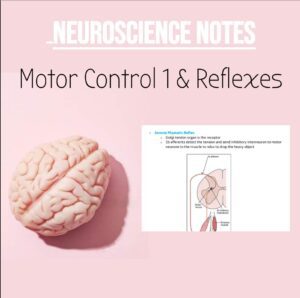
NSB Neuroscience Notes: Motor Control & Reflexes
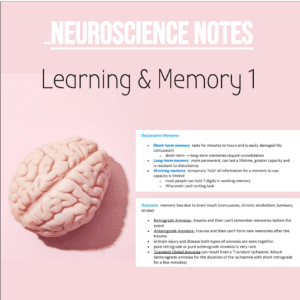
NSB Neuroscience Notes: Learning & Memory
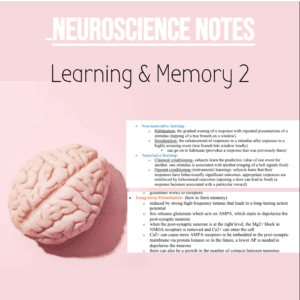
NSB Neuroscience Notes: Learning & Memory 2
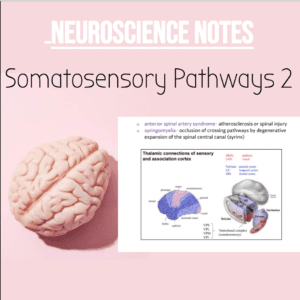
NSB Neuroscience Notes: Somatosensory System 2
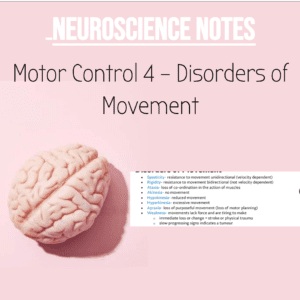
NSB Neuroscience Notes: Disorders of Movement
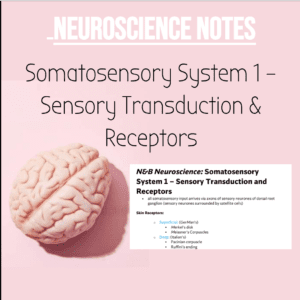
NSB Neuroscience Notes: Sensory Transduction & Receptors
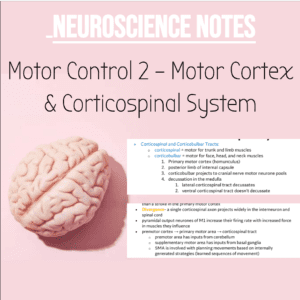
NSB Neuroscience Notes: Motor Control 2
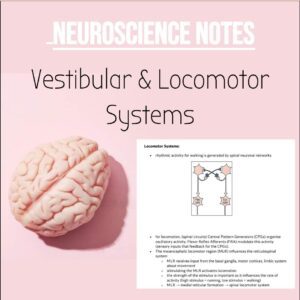
NSB Neuroscience Notes: Vestibular & Locomotor Control
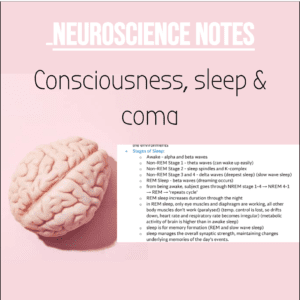
NSB Neuroscience Notes: Consciousness, Sleep and Coma
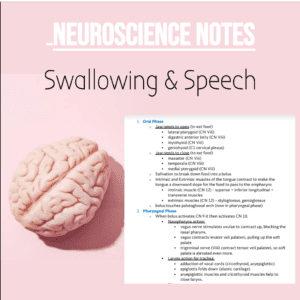
NSB Neuroscience Notes: Swallowing & Speech
Y2, Y2Notes, Y2 NSB, Neuro Notes, Neuroscience, Christopher Yeo, Chris Yeo, NSBNeuro ,
• Pain: an unpleasant emotional and sensory experience associated with or resembling
that associated with actual or potential tissue damage
• Nociception: the neural process of encoding and processing noxious stimuli
• pain is highly individual and subjective
• pain and injury have a strong relationship
Nociceptors:
• fast pain- myelinated A delta fibres
• slow pain- non-myelinated C fibres
o in the skin and deep tissue, nociceptors sensitise following tissue injury and
become more sensitive to many stimuli.
▪ nerve growth factor and TRPV1 play a role in this process
o travels to the dorsal horn of the spinal cord
• injury-related information projects to the brainstem and the thalamus (a bit) as the
information is used for escape, attack (behavioural changes to survive and to heal)
• Chronic Pain is pain experienced over 3 months:
o Chronic Primary Pain- don’t know what causes the pain (e.g. fibromyalgia)
(few treatment options as no know mechanism)
o Chronic Secondary Pain- pain that originates due to another disease (treatment
options)
o Peripheral nervous system pain- inflammatory pain caused by tissue damage
(NSAIDS)
o Central nervous system pain- neuropathic pain initiated or caused by a primary
lesion or disease in the PNS or CNS (gabapentin, tricyclic antidepressants,
opiates)
• Opioids:
o prescribing opioids leads to addiction (tolerance, hypersensitivity, addiction)
in chronic pain, pain still persists even after the injury has healed because of long-
lasting plastic changes in the spinal cord that have not reversed
o try to inhibit the flow of injury information to the brain:
▪ the dorsal horn expresses NK1R (Substance P receptor)
▪ looks like substance P, but it is actually saporin which binds and kills
the nerve to stop the pain.
▪ use botulinum as well, which silences the neurone rather than
killing it. (dermorphin-botulinum analgesia lasts for months)
